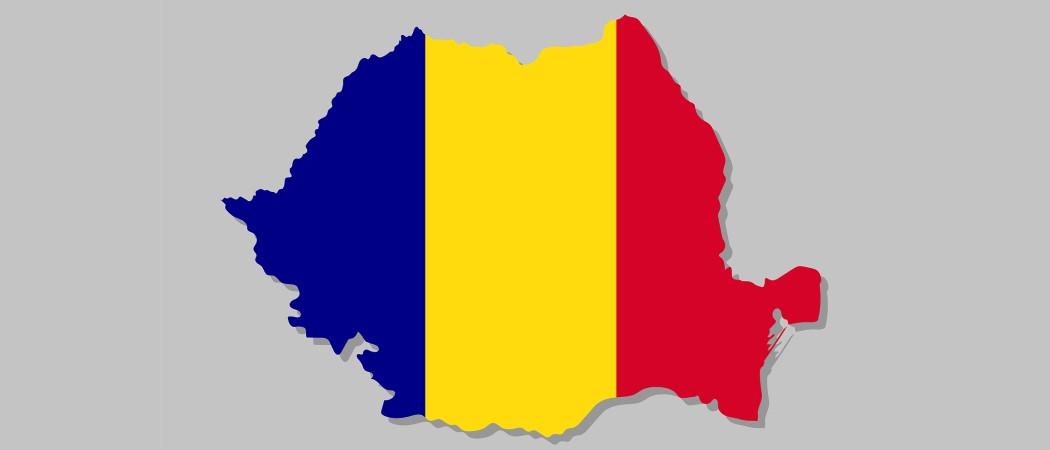The new government promises to increase R&D spending to 2% of GDP. Researchers say this needs to be accompanied by reforms. There should be more competitive calls and a new independent council to increase transparency and reduce political interference, they say

Researchers in Romania are pushing for reforms of R&D funding, asking for a new Research Council to make the system more transparent and efficient, as the newly-elected government tries to make good on a manifesto promise to boost research spending to 2% of GDP.
As a first move, the government wants to move the Executive Unit for Financing Higher Education and research, Development and Innovation (UEFISCDI) from the education ministry to a newly established ministry for research. However, the idea is currently still being debated among partners in the ruling coalition, which came to power following elections in December.
Over the past five years, successive governments have moved research in and out the education ministry several times, generating confusion among stakeholders. Researchers now say the continuous political meddling has reduced predictability of funding rounds, while the money is being spent inefficiently.
The Romanian research landscape remains fragmented, with the national R&D budget being divided between national research institutes, university research groups and a flurry of other institutes funded through the Romanian Academy. In addition, a string of government-run councils cover many aspects of research and innovation funding, from research ethics, to setting national R&D strategies.
A statement signed by dozens of academics and researchers, including Daniel David, the rector of Romania’s largest university, Babeș-Bolyai, and Mircea Dumitru, the former rector of the University of Bucharest, calls for a more integrated, excellence driven, funding system.
Researchers argue the current funding landscape is confusing and ineffective, and want the government-run councils to be eliminated. “Many of them do not have functional/updated websites, their activities are unclear, while some only exist on paper,” the statement says.
Romania has one of the lowest public research expenditures in the EU. Last year, the government allocated about 0.15% of GDP to research, but the coalition that took office in December has vowed to boost total R&D spending to 2% of GDP by 2024.
Confusion and inefficiency
As the government began discussions on how the UEFISCDI should be reorganised, researchers want to see the formation of a new national Research Council, which they say, will end the confusion and inefficiency that has plagued the national funding system for years.
They want this Research Council to be based on the “Haldane principle”, which holds that decisions on funding research are best taken through peer review rather than top-down political decisions.
Romanian researchers say in the current system, funding agencies put out funding calls randomly, based on uneven rules that are constantly changing. In some cases, national competitions are designed by a council working for one ministry, while the calls are organised by a body in a different ministry.
In their bid for more transparency, researchers also want to see the creation of a single platform, centralising all funding available, and through which all grants can be evaluated and monitored. “A new legal entity would incorporate this entire chain,” the statement reads.
In parallel, universities are pressuring the government to rethink its recovery and resilience plan, which sets national funding priorities from the EU’s pandemic recovery fund, to include more money for higher education and research. The government had initially planned for 3% of the recovery money to be allocated to reforms of the higher education system, then upped the figure to 6%.
However, Daniel David, the chair of the national rectors’ conference said Romania should allocate more and get closer to more ambitious strategies in neighbouring countries.
Pooling efforts in eastern Europe
A few years ago, policy makers in Warsaw rolled out a plan that saw 38 applied research institutes reorganised under the umbrella of a newly-formed Łukasiewicz Research Network, with the aim of strengthening the work of the institutes and boost the country’s participation in Horizon Europe.
In Hungary, the government has also decided to strip away dozens of research institutes from the Academy of Sciences and put them under the Eötvös Loránd Research Network, a newly-formed institution placed under stricter government control. At the time, the government argued the move would make the institutes more competitive and boost their participation in EU-funded projects. The Academy decried the move and accused the government of limiting the academic freedom of researchers.
More recently, Hungary has also consolidated a few regional universities and research institutes into a single institution called the Hungarian University of Agriculture and Life Sciences, which is operated by a government-run foundation. The government hopes the new university will make Hungarian agriculture and life sciences research more competitive internationally and help it tap into new EU funding streams for agriculture research.





 A unique international forum for public research organisations and companies to connect their external engagement with strategic interests around their R&D system.
A unique international forum for public research organisations and companies to connect their external engagement with strategic interests around their R&D system.